Endometriosis is a painful and chronic disease characterized by the growth of endometrial tissue outside the uterine cavity, which can cause inflammation, severe pelvic pain, and heavy menstrual bleeding.
Discover what causes endometriosis and explore beneficial dietary changes that can help relieve pain and restore hormonal balance.
What is endometriosis?
Endometriosis is a painful and chronic condition that develops when endometrial tissue, similar to the uterine lining, grows outside the uterus.
Unlike the uterine lining that is shed each month, endometrial tissue has no way to exit the body and accumulates in the abdominal cavity around the pelvic walls, ovaries, and fallopian tubes.
This tissue buildup can trigger chronic inflammation and lead to scar tissue formation. Over time, endometriosis can result in adhesions, which may cause organs to stick together and lead to significant pain, especially during menstruation, ovulation, or intercourse.
Because endometrial tissue contains glandular cells, it responds to hormonal changes throughout the menstrual cycle.
This explains why symptoms of endometriosis often flare up during a woman’s period, leading to pain and bloating as the tissue thickens and bleeds, without being able to be eliminated from the body.
Research published in Current Obstetrics and Gynecology Reports highlights that endometriosis affects between 10 and 15 percent of women of reproductive age and 70 percent of women with chronic pelvic pain.1
The authors further report, “Unfortunately, for many of these women, there is often a delay in diagnosis of endometriosis, resulting in unnecessary suffering and reduced quality of life.”
Watch the video below to learn about the common causes of endometriosis.
What causes endometriosis?
The exact cause of endometriosis is still not fully understood, but several factors are believed to contribute.
One leading theory is retrograde menstruation, where menstrual blood containing endometrial cells flows backward through the fallopian tubes and into the abdominal cavity instead of exiting the body.
These displaced cells can then attach to reproductive organs and surrounding tissues, contributing to the development of endometriosis.
“Hormonal imbalances also play a role, particularly estrogen dominance, which is characterized by excessively high levels of estrogen,” explains Dr. Berg. “This hormonal environment can stimulate endometrial tissue growth outside the uterus, triggering inflammation and severe pain.”
Data published by the National Institutes of Health (NIH) found that certain risk factors, such as starting menstruation at an early age, having shorter menstrual cycles, or a family history, increase the risk of endometriosis.2
In addition, the use of birth control pills, poor metabolic health, and obesity have been associated with an increased risk of developing this health issue.
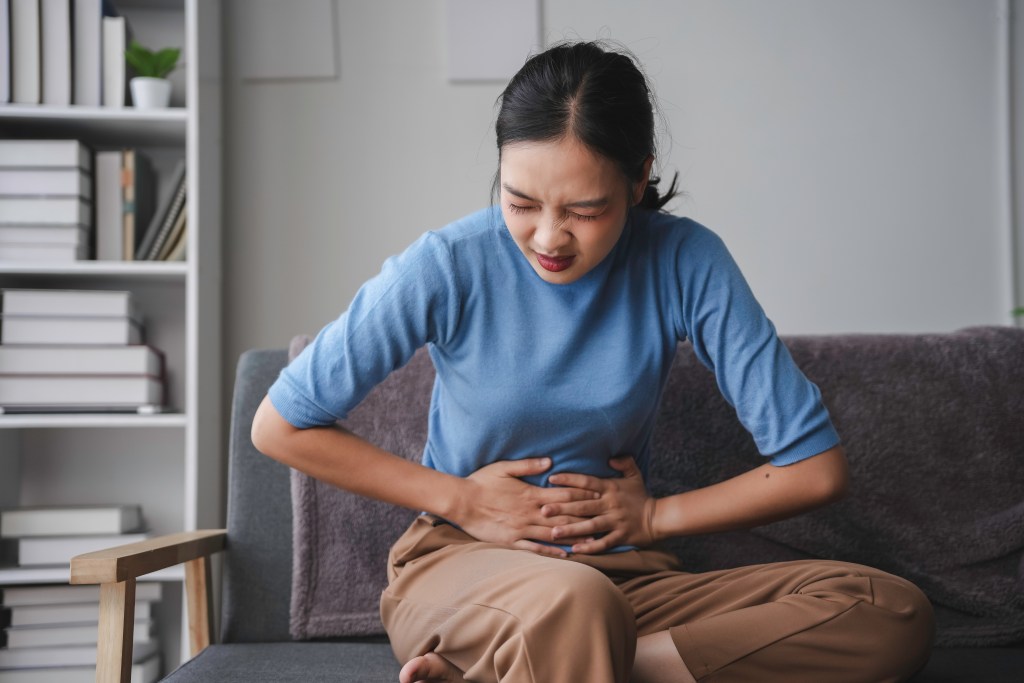
Signs of endometriosis
Because endometriosis symptoms often worsen in response to the hormonal fluctuations of the menstrual cycle, they’re frequently mistaken for typical painful periods.
However, the pain caused by endometriosis is usually more intense, lasts longer, and may be accompanied by additional symptoms.
Common signs of endometriosis include:
- Very painful menstrual cramps that worsen over time
- Heavy or irregular menstrual bleeding
- Chronic pelvic or abdominal pain
- Painful bowel movements, especially during menstruation
- Pain during or after intercourse
- Bloating and abdominal distension
- Fatigue or low energy levels
- Fertility issues
- Pain radiating into the legs or thighs
Women with endometriosis can also experience neurological symptoms such as numbness or tingling within the pelvic region if endometrial tissue growth affects nerves.
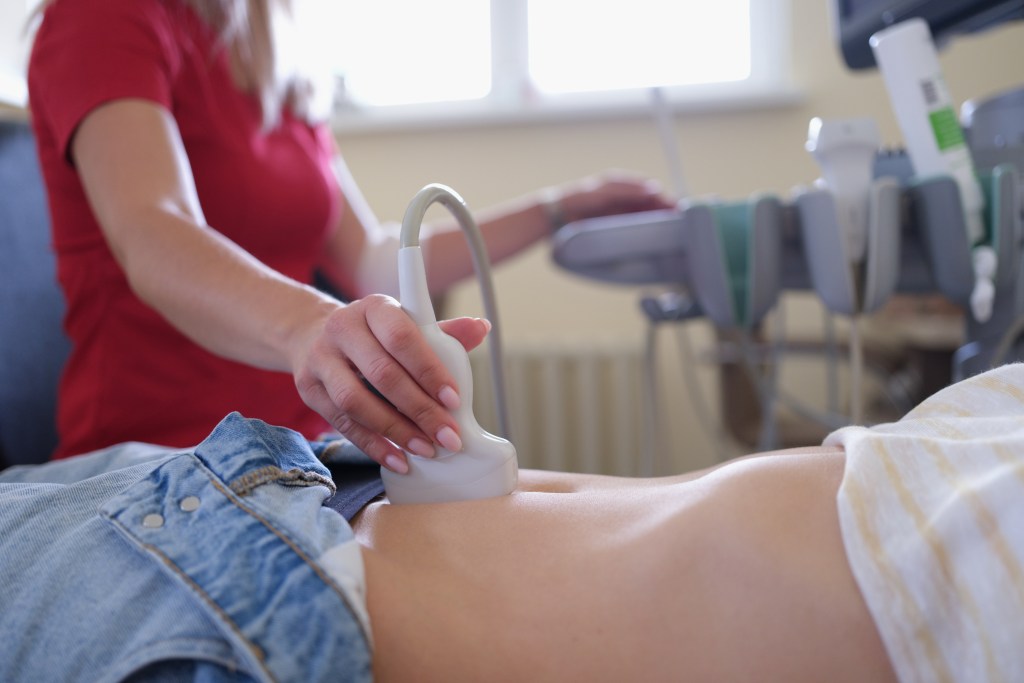
How is endometriosis diagnosed?
Diagnosing endometriosis can be challenging as its symptoms often overlap with other conditions, such as pelvic inflammatory disease or ovarian cysts.
Doctors typically start with a pelvic exam to check for abnormalities in the reproductive organs, including tenderness or masses near the uterus or uterine wall.
While magnetic resonance imaging (MRI) or ultrasounds may help detect severe cases, smaller depositions of endometriosis tissue within the abdominal cavity can go unnoticed on scans.
The best way to definitively diagnose endometriosis is through a minimally invasive surgical procedure called laparoscopy, where a surgeon visually inspects the pelvic cavity.
Once diagnosed, the treatment of endometriosis may include pain medication, hormone therapy to reduce or block the growth of endometrial tissue, or surgery to remove scar tissue.

5 tips for managing endometriosis
Living with endometriosis can be challenging, but the right lifestyle and dietary strategies can make a meaningful difference and help ease discomfort and pain.
Here are tips for managing symptoms of endometriosis.
1. Prioritize organic produce
Pesticides, herbicides, and fungicides used in conventional farming operations can contain or mimic xenoestrogens, a group of synthetic compounds that behave like estrogen in the body.
Because estrogen dominance is a known risk factor in the development and progression of endometriosis, reducing exposure to these chemicals may help lower the body’s overall estrogenic load.
In addition, research published in the International Journal of Hygiene and Environmental Health indicates that exposure to multiple pesticides can significantly amplify estrogenic effects, compared to exposure to a single compound alone.3
This suggests that combined chemical exposure may have a stronger impact on hormone disruption, which is particularly relevant for hormone-sensitive conditions such as endometriosis.
Therefore, choosing organic and non-genetically modified (GMO) produce whenever possible can be a practical way to reduce your intake of hormone-disrupting chemicals, which may help alleviate painful symptoms linked to endometriosis.
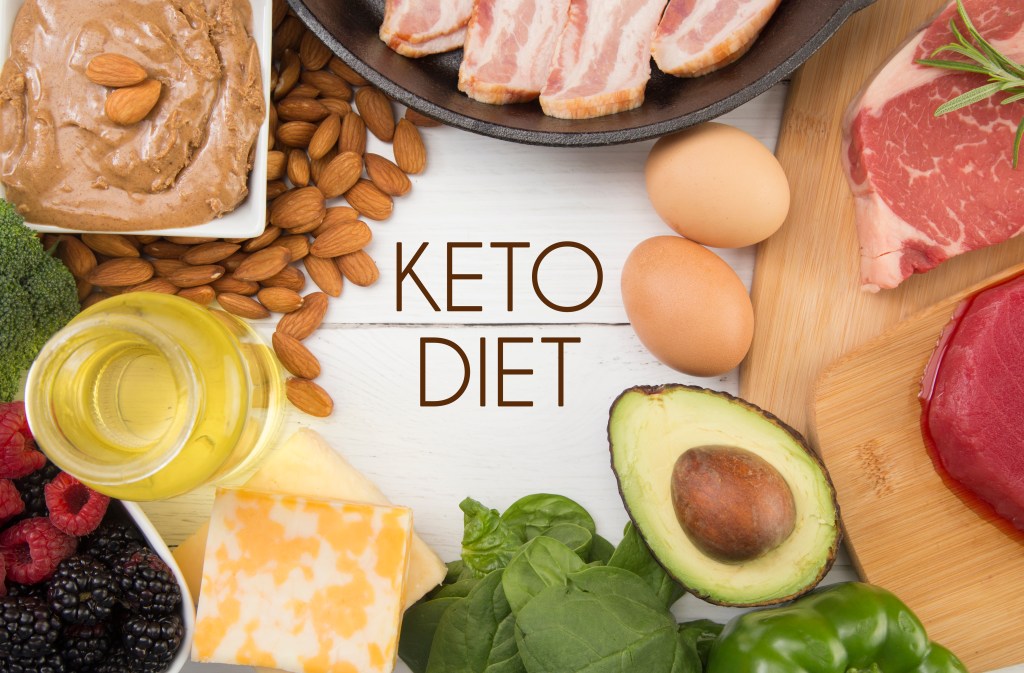
2. Follow Healthy Keto®
A high-carbohydrate diet stimulates the release of insulin, a key metabolic hormone responsible for regulating blood sugar.
Beyond its role in glucose control, insulin also promotes the conversion of androgens into estrogen. Elevated insulin and excess estrogen can fuel the growth of endometrial tissue, potentially worsening symptoms of endometriosis.
This connection helps explain why many individuals with endometriosis report symptom relief after switching to a low-carb eating pattern such as Healthy Keto®.
In addition, a low-carb ketogenic diet is one of the most effective strategies for supporting metabolic balance and maintaining a healthy body weight, both of which are essential for managing hormone-driven conditions like endometriosis.
3. Avoid estrogenic foods
Certain foods contain growth hormones, compounds that mimic estrogen, or additives that can disrupt hormone balance.
These include soy products, conventionally raised meat and dairy, and processed foods with artificial additives or preservatives.
Avoiding estrogenic foods can help limit the stimulation of endometrial tissue growth and may ease symptoms such as severe menstrual pain, heavy bleeding, and bloating.
Instead, focus on nutrient-dense whole foods that naturally support hormone detoxification and metabolic health.

4. Incorporate stinging nettle tea
Stinging nettle tea has long been used in traditional medicine for its anti-inflammatory and hormone-modulating properties.
A study published in the Journal of Ethnopharmacology found that stinging nettle may help reduce inflammation and inhibit growth factors associated with the development of endometrial tissue.4
While these findings are currently limited to animal studies, they suggest a potential for symptom relief in those affected by endometriosis.
Drinking stinging nettle tea regularly as part of a nutritious diet may support hormonal balance and ease pelvic discomfort.
5. Regularly consume cruciferous vegetables
Cruciferous vegetables such as broccoli, cauliflower, Brussels sprouts, and kale contain potent compounds that support healthy estrogen metabolism.
These vegetables help the body break down and eliminate excess estrogen, which is crucial for managing estrogen dominance, a key factor in endometriosis.
By promoting hormonal balance, regularly incorporating cruciferous vegetables into your meal plan may help reduce the growth of endometrial tissue, thereby easing symptoms and supporting overall reproductive health.
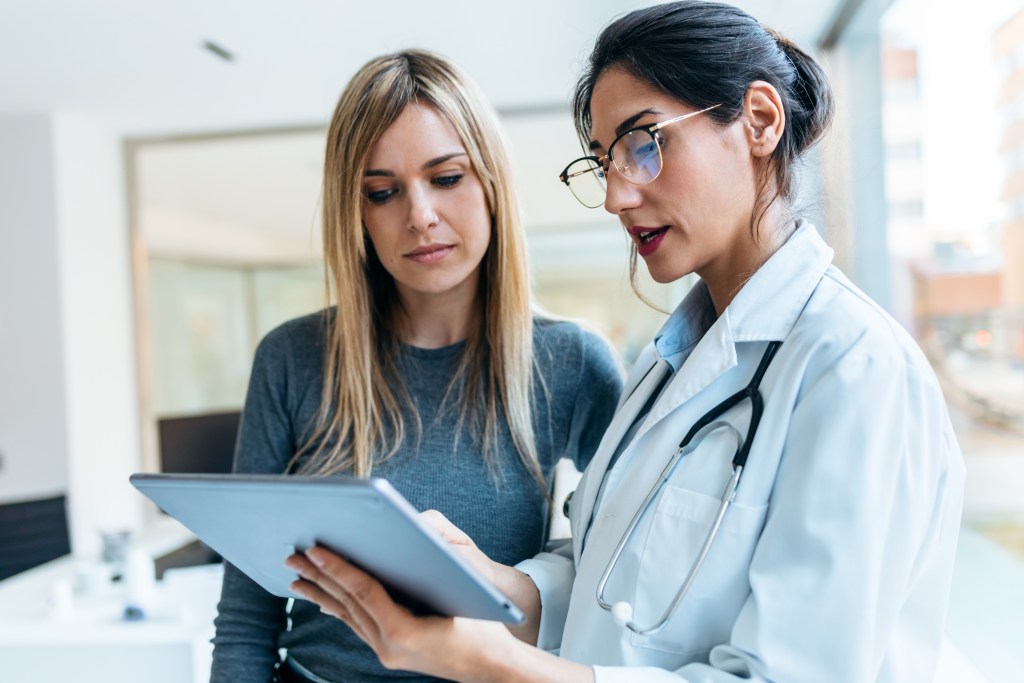
When to talk with your doctor
It’s crucial to talk to your doctor if you experience intense pelvic pain, very painful menstrual cramps, heavy or irregular bleeding, pain during intercourse, or symptoms that interfere with your daily life.
In addition, if you have difficulty getting pregnant or notice unusual bowel or bladder pain during your menstrual period, seek medical advice for a thorough evaluation of your health status.
Early diagnosis is key to treat endometriosis more effectively, which can significantly enhance quality of life and make symptom management much easier.
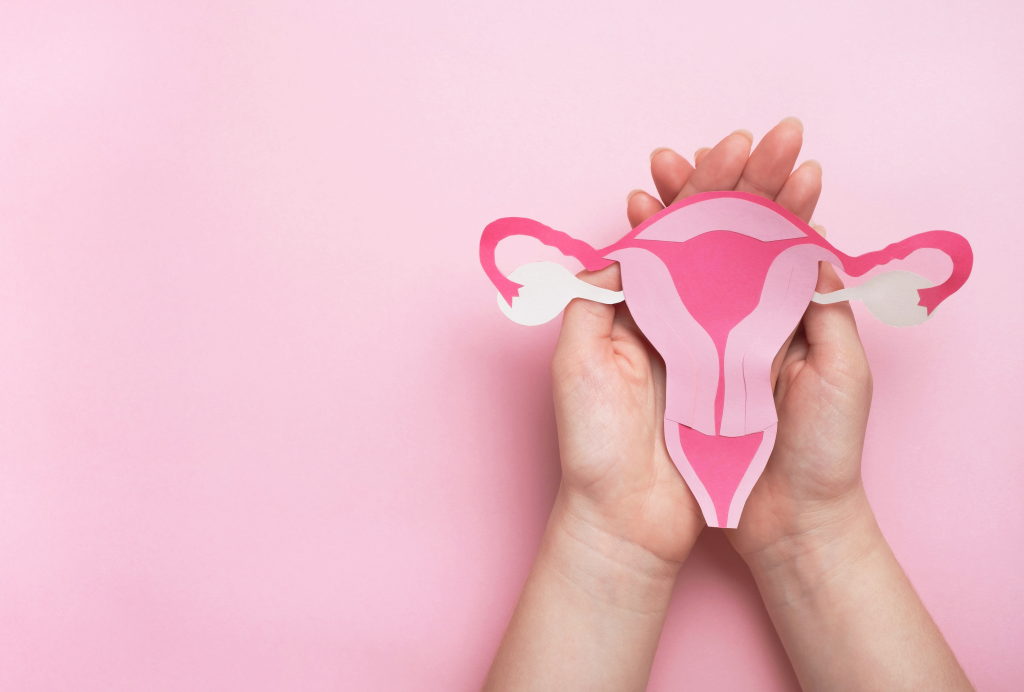
Key takeaways
Understanding what causes endometriosis is key to identifying symptoms early and finding effective strategies to manage symptoms.
To support a balanced hormonal environment and limit the growth of endometrial tissue, it’s crucial to opt for organic produce whenever possible and follow a low-carb ketogenic diet.
In addition, incorporating stinging nettle tea and cruciferous vegetables while limiting estrogenic foods such as dairy and soy products may offer a natural approach to managing endometriosis.
FAQ
1. What causes endometriosis?
Endometriosis is caused by the growth of endometrial tissue outside the uterus. This is often triggered by a combination of retrograde menstruation and hormonal imbalances, especially estrogen dominance.
2. Who is likely to get endometriosis?
Women of reproductive age are most likely to develop endometriosis, especially those with early menstruation, short cycles, a family history of the condition, or estrogen dominance.
3. Does anything make endometriosis worse?
Yes, certain factors can worsen endometriosis, including high estrogen levels, chronic inflammation, poor metabolic health, and exposure to hormone-disrupting chemicals.
In addition, a diet high in sugars and refined fibers, as well as estrogenic foods such as processed soy products and dairy, can further disrupt hormone balance and potentially worsen endometriosis symptoms.
4. Can endometriosis go away?
While endometriosis is a chronic condition, symptoms can significantly improve through dietary changes, hormonal therapies, and in some cases, surgical treatment to remove endometrial lesions.
5. What are the signs of endometriosis?
Common signs include chronic pain in the pelvic region, very painful menstrual cramps, heavy or irregular periods, pain during sex, and discomfort with bowel movements, especially during menstruation.
Bloating, fatigue, and difficulty getting pregnant are also frequent symptoms in women with endometriosis.
6. Endometriosis vs. endometritis, what’s the difference?
Endometriosis is a chronic health condition that occurs when tissue similar to the uterine lining grows outside the uterus, causing pain and inflammation.
In contrast, endometritis is an acute inflammation of the uterine lining, usually caused by infections linked to childbirth or medical procedures.








